In the mid-1970s, the dike destruction situation become a difficult problem for the Vietnamese irrigation industry. Termites burrow into hollow cavities inside the dike body, weakening the structure and putting it at risk of collapse when floods come. Faced with this situation, the Institute of Water Resources assigned the late Associate Professor, Dr. Vu Van Tuyen - at that time a geological engineer who had just switched to studying termites - the task of finding an effective method to deal with termites in the dike body.
At that time, documents on termites were very limited, mostly old books in French. However, with a spirit of innovation, Mr. Tuyen boldly experimented with applying geophysical methods to detect underground termite nests without digging into the dike body - an idea considered "reckless" at that time. After many months of diligent research and field testing in Thuong Thanh commune (Gia Lam, Hanoi ), he succeeded in accurately determining the location of termite nests in the dike body. This method not only brought results beyond expectations but also opened up a completely new direction for the termite prevention industry.
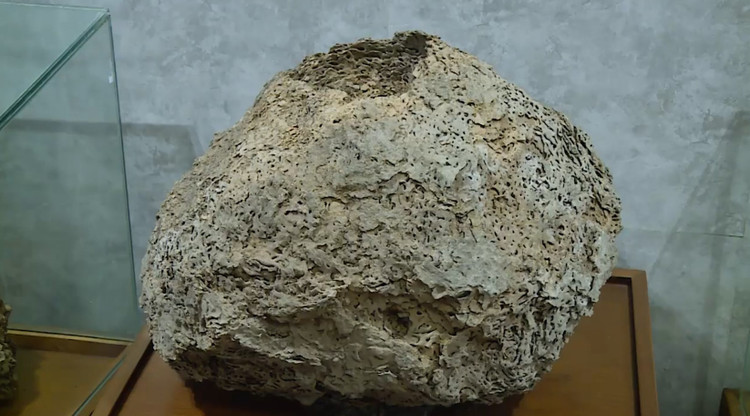
At the same time, the late Associate Professor, Dr. Vu Van Tuyen also combined geophysical methods with clay mortar injection techniques to seal termite nests and their traffic tunnel systems inside the dike body.
Dr. Nguyen Tan Vuong - Former Deputy Director of the Institute of Ecology and Construction Protection, a student of Mr. Tuyen - explained: "The revolution of this method is that you don't have to dig inside the dike body but still fill the cavity. Professor Tuyen is the one who researched the method of finding termite nests and spraying chemicals into the nests to kill termites . The second step is to spray clay mortar into the nests so that the mortar can travel through all the traffic holes and then fill them up, avoiding creating hidden dangers for the dam body later."
Dr. Vuong also emphasized the superiority of this method compared to the old way:
“Before the 80s, people dug to catch queen termites – but they couldn’t handle the sub-chambers and underground traffic system, so the dike body still leaked water. Mr. Tuyen’s method handled the root cause, ensuring technical requirements.”
According to Dr. Nguyen Tan Vuong, the obvious and convincing effectiveness of this method has led to the establishment of the Termite Control Research Center under the Institute of Water Resources Science - where this method is developed, perfected and deployed nationwide:
“Professor Tuyen tried to prove that this method was correct and effective in the dam management industry. After that, people allowed the establishment of the Center, from which there were topics, funding, and we gradually upgraded this method.”
The termite treatment method of the late Associate Professor, Dr. Vu Van Tuyen has been successfully applied to hundreds of large and small dikes and reservoirs across the country - from the Red River Delta to irrigation works in the Central and Central Highlands. Not only does it help detect and treat termites effectively, this method also minimizes encroachment on the dike body, shortens construction time, saves costs and ensures sustainable safety for the project.

In particular, this method was chosen to treat termites for the Ho Chi Minh Monument at the Presidential Palace – a location with strict requirements for conservation techniques, safety and maintaining the original state. The success here has further affirmed the reliability and high practical applicability of the technique developed by Mr. Tuyen.

To create a legal corridor for widespread implementation, he also proposed and developed Industry Standard 14-TCN-88-93 on “Quantity components for survey and treatment of termites in earth dams”. The standard has been in effect since 1994, clearly stipulating the mandatory steps in termite prevention for dams – from survey, detection, treatment, to acceptance – and has since become an important basis for the design, construction, and maintenance of hydraulic works.
Dr. Nguyen Tan Vuong added: “I remember in the early days, our termite research facility was just a small department. After the late Associate Professor Tuyen proved the effectiveness and correctness of the method, the Termite Control Research Center was established. From there, we were able to carry out projects, have operating funds and gradually upgrade our termite treatment methods to a professional level.”
In addition to geophysics and clay mortar injection, Mr. Tuyen also pioneered other modern methods such as using carbon isotopes to determine the age of termite nests, serving to assess the level of danger and the ability of the nest to reactivate. These methods continued to be inherited and developed by his students, including Dr. Nguyen Tan Vuong, in later state-level projects.
With these pioneering contributions, the termite treatment method founded by the late Associate Professor, Dr. Vu Van Tuyen is not only a turning point in the Vietnamese irrigation industry, but also a valuable scientific heritage, helping to protect the safety of thousands of dike and dam projects for decades.
Dear readers, please watch the video interview with Dr. Nguyen Tan Vuong about the termite prevention method discovered by Associate Professor Dr. Vu Van Tuyen.
Source: https://khoahocdoisong.vn/tim-to-moi-ngam-duoi-dat-dot-pha-trong-bao-ve-de-dieu-post1062125.html



![[Photo] Prime Minister Pham Minh Chinh chairs the Government's special meeting on law-making in May](https://vphoto.vietnam.vn/thumb/1200x675/vietnam/resource/IMAGE/2025/5/22/1c880aae96fd4e0894abc47a46fe19ba)
![[Photo] Prime Minister Pham Minh Chinh attends the groundbreaking ceremony of Trump International Hung Yen Project](https://vphoto.vietnam.vn/thumb/1200x675/vietnam/resource/IMAGE/2025/5/21/ca84b87a74da4cddb2992a86966284cf)


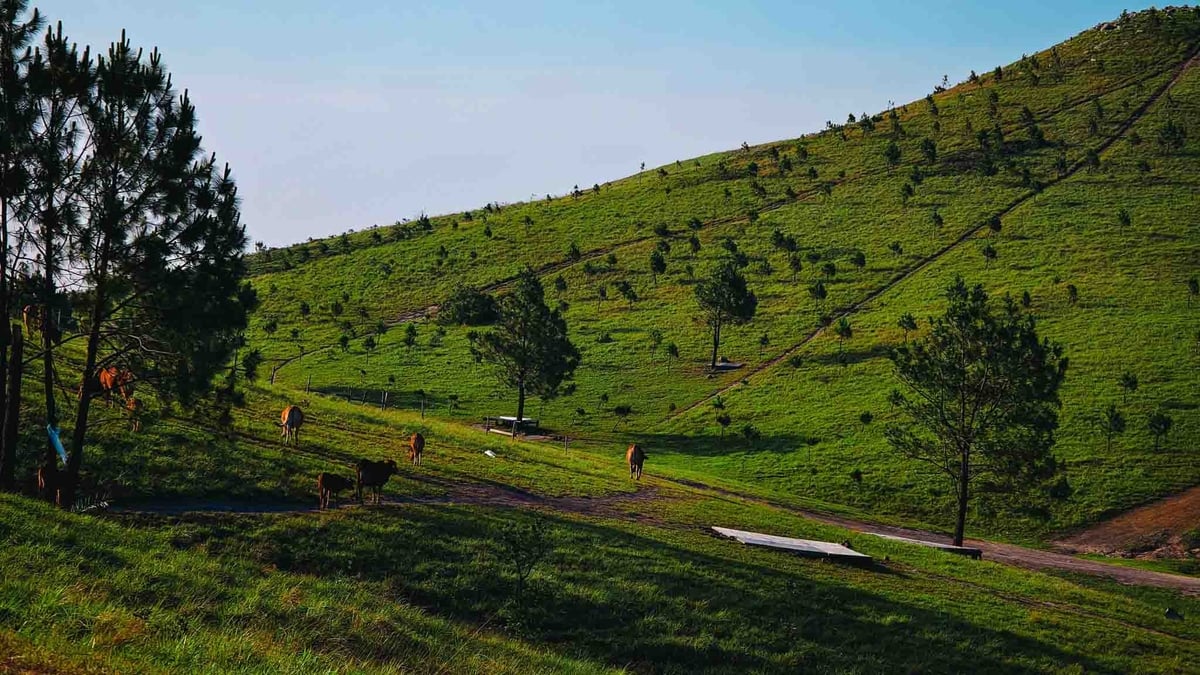

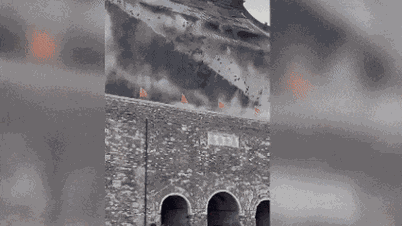
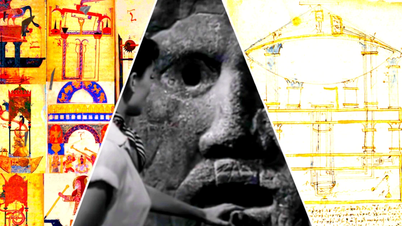











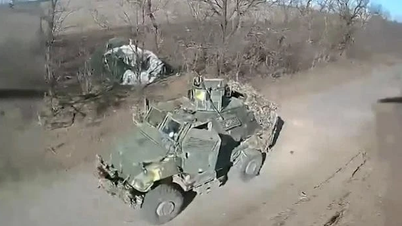

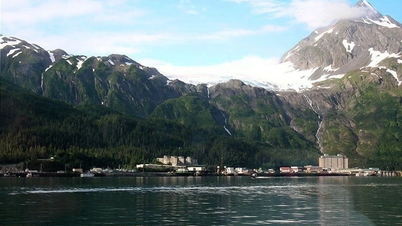

































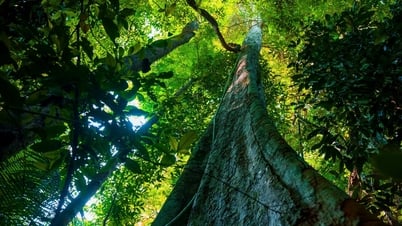


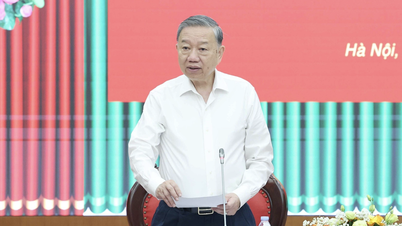



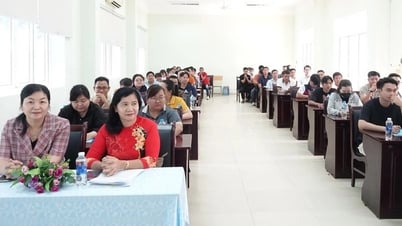
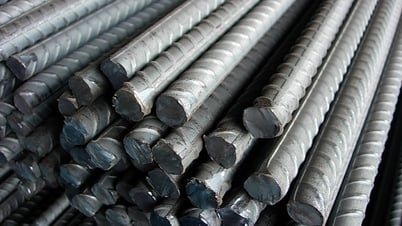

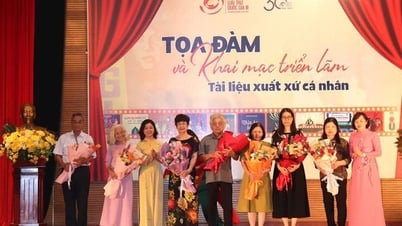

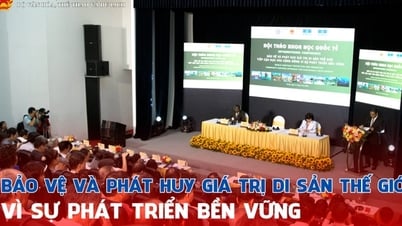
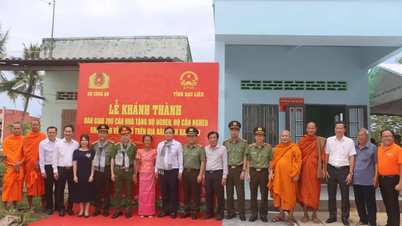

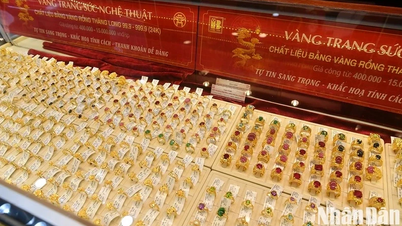


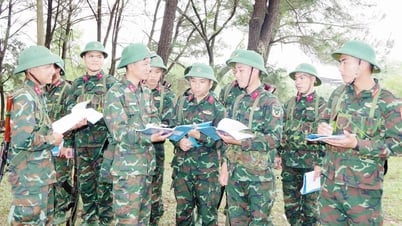

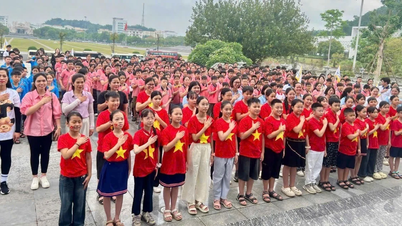







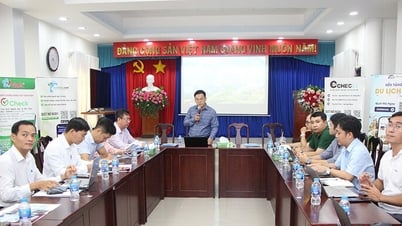

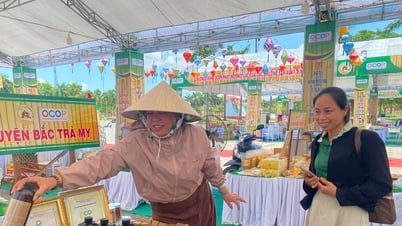



Comment (0)